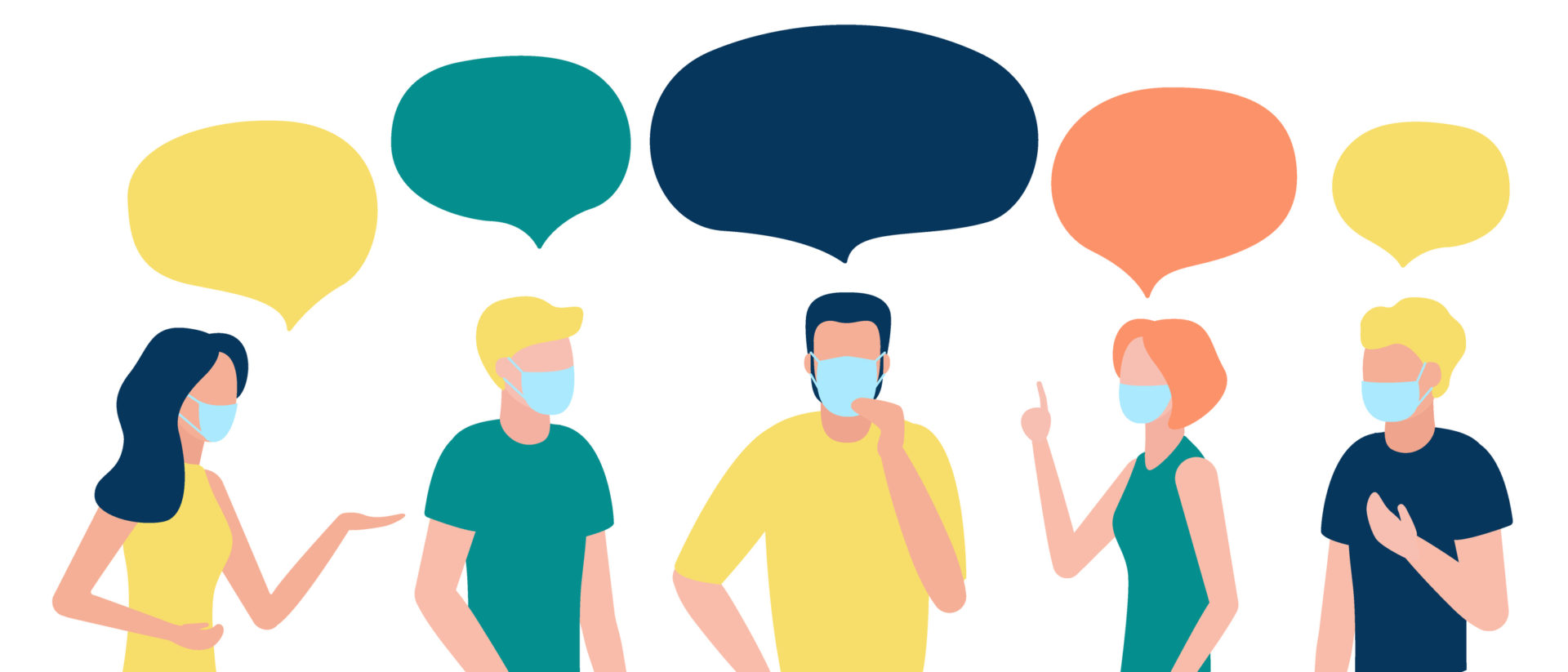
Face-Coverings and Communication
The introduction of compulsory face-coverings in shops and on transport in countries across the globe, along with social distancing measures to reduce the spread of coronavirus, has altered the way we communicate with others.
Everyone relies on non-verbal communication cues within social interaction.
This is especially true for people that are deaf or struggle with hearing loss, because reading facial cues or lip reading is often an essential part of communication.
For some groups, the compulsory wearing of face-coverings has presented additional challenges. This can result in some people wanting to avoid communication in public, or result in them being anxious about visiting medical practitioners for fear that they will not be able to communicate effectively due to the wearing of PPE.
We have put together some top tips that apply to everyone about how to communicate effectively when wearing a face-mask.
How can you communicate effectively whilst wearing a face-covering?
- Speak as clearly as possible, avoid soft voice, but equally do not speak too loudly.
- Speak slightly slower than normal.
- Face the person you are speaking to.
- Move to somewhere quieter if you are in a noisy place.
- It might be necessary to write things down. Use a pen and paper or download a free app that turns speech into text to facilitate communication.
- Some masks have a see-through area by the mouth that allows those with hearing difficulties to see the lips move, and see your facial expression. This may be reassuring to those who are anxious.
- You can tell someone how you feel or tell them about your facial expression. For example, tell someone that you are smiling at them.
- Look out for the hidden disabilities sunflower lanyard which may indicate that someone could need additional communication support.
- Download the communication tips guide from Action for Hearing Loss.
Be mindful that there are a variety of reasons someone may choose not to wear a mask, and respect this choice.
